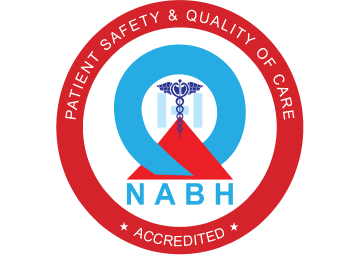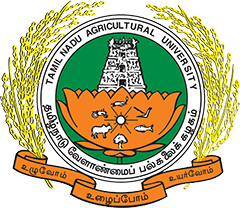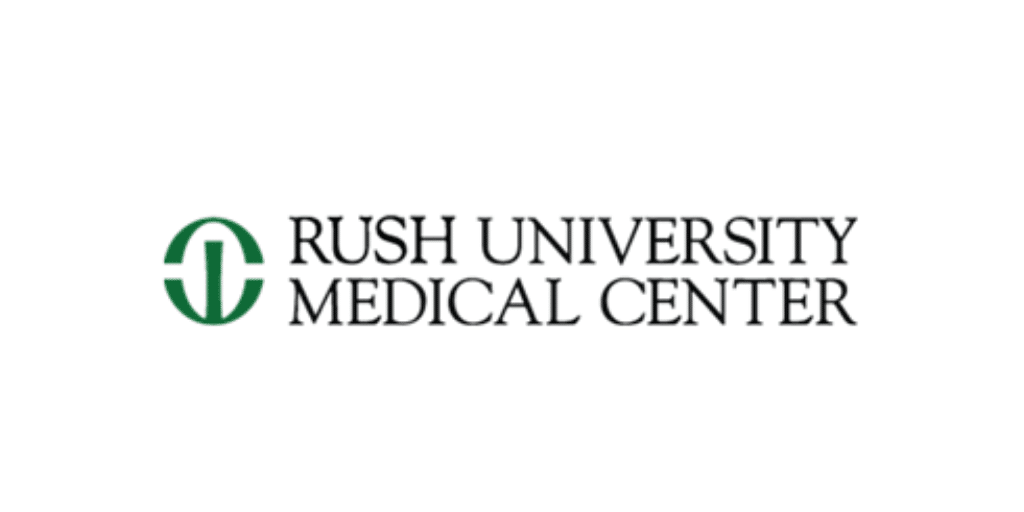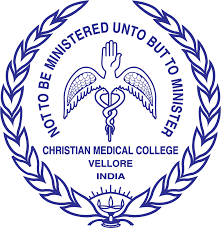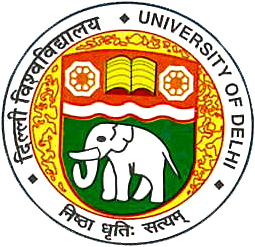Ganga Orthopaedic Research & Education Foundation (GOREF)
Ganga Orthopaedic Research & Education Foundation’ (GOREF) was established in August 2002 to facilitate and conduct research in all aspects of orthopaedic surgery, in both clinical and basic sciences. This organization was also awarded the recognition of Scientific and Industrial Research Organisation (SIROs) by the Government of India, Ministry of Science & Technology, Department of Scientific and Industrial Research Organisation (SIRO), New Delhi vide their letter No. 14/488/2008-TU-V dated 30th April 2009 in recognition of the high quality research performed in the last many years.
The foundation has now grown in strength and has to its credit, various activities such as supporting the academic training of the hospital staff, holding scientific meetings and conferences, funding on-going research activities of the department, providing funds for 'Project Helpline' (a project to support the surgical correction of physical deformities of poor children) and also the primary education of deserving under privileged children. The funds for the foundation are mainly donations from the family members of the Board of Directors of the hospital and philanthropists. GOREF was initiated with the mission to undertake research and development activities in all its dimensions in the field of medicine and in particular orthopaedics discipline and to do all things for this purpose including establishing research centres, Hospitals, Clinical and other research training centres. It has entered into a Memorandum of Understanding with Ganga Medical Centre and Hospital for cooperation and utilising the hospital premises and facilities like laboratory, radiological services, patient data, library and research assistance.
GOREF and the institute has established collaborations with internationally recognized research institutions
Tamilnadu Agricultural University, Coimbatore.
A research collaboration has been signed with the Tamilnadu Agricultural University for analysis of genetic abnormalities leading to early end plate degeneration in patients less than 40 years of age. Young patients presenting with severe back pain and with a total end plate damage score of more than eight are taken as a highly specific phenotype and analysed for candidate gene abnormalities. To date, 460 patients have been analysed.
Genetics Department, University of Hong Kong, Hong Kong.
A joint research has been established with Prof Danny Chan and Prof Kenneth Cheung of the University of Hong Kong for analysis of the genetic basis of low back pain. 500 patients who have early disc degeneration and 2500 volunteers of the general population will be inducted into the study. These patients will be analyzed for general health, characteristics using SF 36, back disability using Oxford disability score, MRI evidence of disc degeneration using Phirmann's score and the presence of genetic abnormalities by testing for various candidate genes. This study will be a part of a multinational trial and will be partially funded by Ganga Orthopaedic Research & Education Foundation and partly by the University of Hong Kong.
International Society of the Study of Lumbar Spine, Canada.
Dr Rajasekaran was awarded the Macnab La Rocca Research Award of USD 15,000 for collaborative research with Rush University, Ilinois, Chicago, USA for collaborative research in the field of biomechanics of the spine. A Finite Element Model of the pediatric spine was created in the biomechanical laboratory of the Rush University in collaboration with Prof Gunnar Andersson and Prof Raghu Natarajan. For the first time in literature, FEM models simulating destructive lesions of spine similar to the clinical lesions of spinal tuberculosis were created. By applying neutral load, the collapse characteristics were computed. This study gave insight into the growth modulation characteristics and the biomechanical events during severe deformities were derived. This study was also awarded the 'ASSI Best Research Award 2007' during Association of Spine Surgeons of India Conference (ASSICON 2007) in Ahmedabad.
Cotrel Foundation, Instit de France , Paris.
A joint collaboration was performed with the Cotrel Foundation, Paris for the ' Study of end plates in Scoliotic discs.' A comprehensive radiological, MRI diffusion and histopathological study was performed on the end plates of patients with adolescent idiopathic scoliosis. An award of USD 7000 was given for this research. This study threw light on the effect of mechanical stress on the biological characteristics of the lumbar discs in humans and furthered our knowledge of nutritional pathways and the basis of low back pain. This study was judged as the ASSI DePuy Best Spine Research Award 2005 during the Association of Spine Surgeons of India (ASSICON 2006) conference held in Chandigarh.
SIEMENS, Erlangen, Germany.
A joint research project to study the use of the technology of fibre tracking and diffusion tensor imaging (DTI) in the cervical spine pathologies is ongoing from 2008. DTI data metrics especially ADC and FA values and fibre tracking characteristics are being documented in calf spine, cadaveric human spines and in patients with acute spinal cord injuries and chronic compressive myelopathies. DTI data metrics in chronic compressive myelopathies have been documented in human invivo conditions for the first time. The study was awarded the Best Research Award of the Association of Spine Surgeons of India for the year 2009.
Central Leather Research Institute, Adyar, Chennai.
A combined research project on the biochemical and collagen alterations in disc subjected to abnormal mechanical forces like scoliosis was performed. Scoliotic discs were harvested from patients with severe wedging of discs and tested for water content, cell viability and population ratios, electrolyte variations, collagen content changes, evidence of apoptosis etc. The study was the first in literature where a comprehensive biochemical, MRI diffusion and histopathological analysis were done on human scoliotic discs.
Microlabs, Coimbatore.
Research collaboration has been signed with Dr Krishna Venkateswaran of Microlabs for doing histopathological analysis of specimens for research purposes. A detailed histological analysis of scoliotic discs was done for the cell content, degenerative changes in the nucleus, annulus and end plates to study the mechanical effects due to stress. This study was recently awarded the ISSLS best prize in 2009.
Christian Medical College, Vellore.
Electron microscopic analysis of disc specimens was studied to assess the cell and interstitial tissue biology in patients with scoliosis. The various changes with respect to mechanical stress on the concave and convex side of the discs were analyzed. This was part of the study which won the ISSLS basic science research award this year. A memorandum of understanding has been signed between the biotechnology department and our institute for the EM analysis.
Sri Venkateshwara College, Delhi.
A prospective study to analyse the role of apoptosis and pro-inflammatory cytokines in the causation of disc degeneration has been initiated in collaboration with the department of biochemistry of Sri Venkateswara College, Delhi University.



